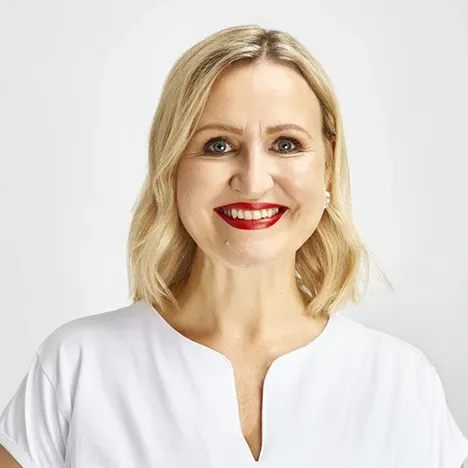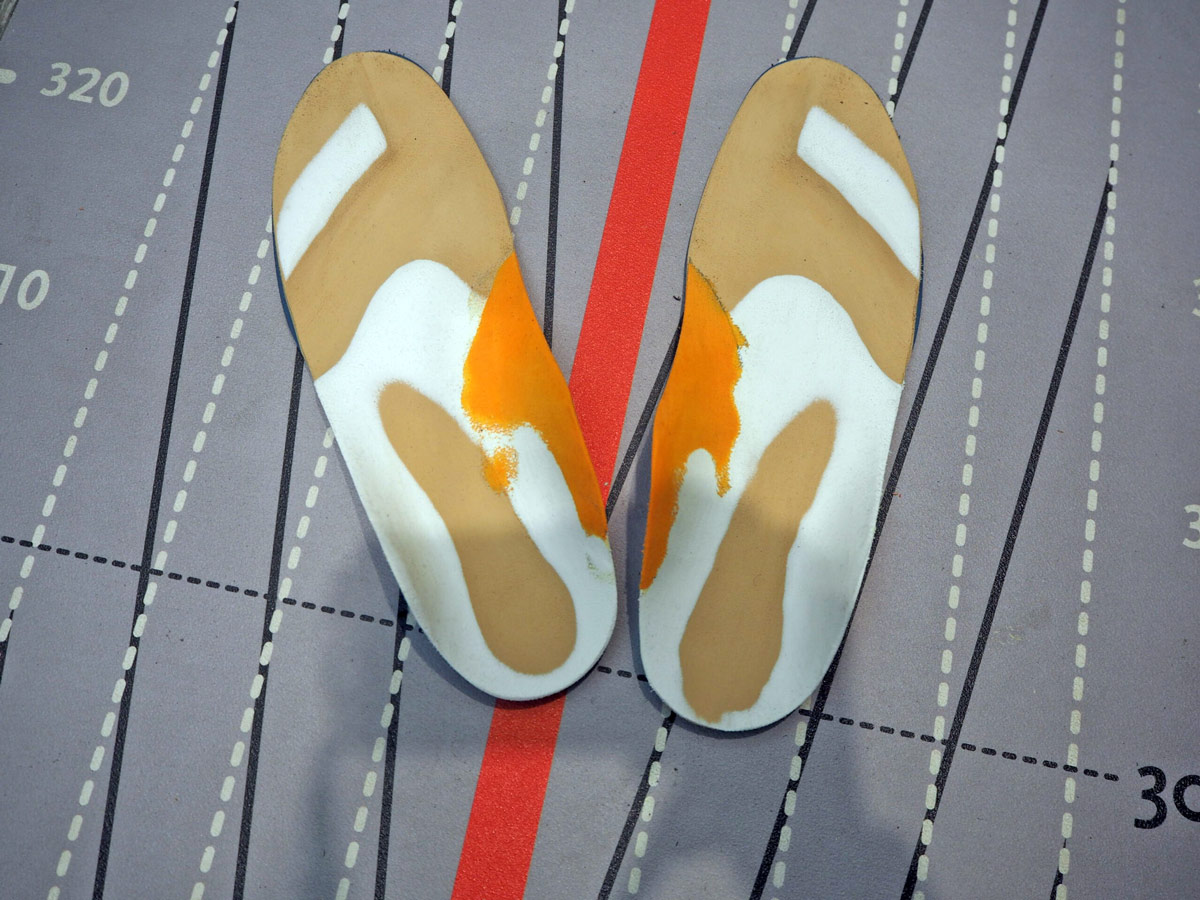The basics of sensorimotor skills: how sensory stimuli and motor reactions influence our daily lives
Learn all about the central importance of sensorimotor function for posture and movement. Understand the essential relevance of the sensorimotor approach for foot orthosis care. The key role of sensorimotor function in foot care is particularly evident in numerous functional and neurological complaints. From basic explanations to specific application questions, we are your reliable source of medical expertise.
The importance of sensorimotor skills for human posture and movement
Sensorimotor skills: key role for posture and movement coordination in medicine
Sensorimotor function: interaction of sensory and motor functions for precise adaptation to the environment
Medical applications and the key role of orthopaedic (shoe) technology
Sensorimotor function in medicine: key role in the treatment of musculoskeletal and neurological disorders
Sensorimotor disorders: Causes, diagnosis and targeted therapy through orthopaedic measures
Sensorimotor skills: the basis for individualised therapeutic approaches in musculoskeletal and neurological health
WISSENSCHAFTLICHE EVIDENZ

EFFECTIVE PRINCIPLE
How sensorimotor foot orthoses work
Proprioception in the foot: influence on muscle tension, joint position and biomechanical processes
Customised proprio insoles: Precise CNC production to correct misalignments and support the foot structure

Active operating principle
Customised sensorimotor insoles: tailor-made solutions for targeted muscle activation and relaxation
For each patient, this means a unique customisation that is tailored to the indication, anatomy and movement pattern. Defining a clear treatment goal is the starting point, followed by detailed planning of how this goal can be achieved through the precisely designed surface anatomy of the foot orthosis.
proprio foot orthoses: Versatile, indication-related models for precise orthopaedic treatment


Medial spot to activate the posterior tibialis muscle

Lateral spot for activation of the peroneus longus and brevis muscles

Retrocapital support and toe bar to relax the triceps surae muscle and Achilles tendon

Case studies
Counselling

"At Springer, I am your contact for technical questions about sensorimotor technology. I am happy to provide you with case-related support and am also available to answer tricky questions. I regularly report on exciting applications and scientific background in our social media channels. Want to know what's going on? Subscribe to our newsletter and follow us on LinkedIn."
Sensorimotor Speaker - Head of Medical Affairs
Order & Training







Prescription / Billing
Prescription / billing of sensorimotor insoles
If the health insurance company refuses to cover the costs, the patient has the right to lodge an objection in writing. You can find the relevant objection form on www.proprio.info.
Some health insurance funds have concluded individual contracts with the service providers and list "Proprioceptive insoles, customised" under their own aid numbers, for example 08.00.03.0701 AOK plus.

Sensorimotor skills: an overview
Sensorimotor therapies: Effective solutions for musculoskeletal and neurological disorders
Customised foot orthoses: Modern orthopaedic technology for optimum foot health
Optimised posture and movement: How sensorimotor approaches improve joint stability and muscle coordination
Prevention and improvement through sensorimotor skills: counteracting postural weaknesses and increasing biomechanical efficiency
Handbuch Sensomotorische Fußorthesen (SMFO)

Erfahren Sie alles, was Sie zur sensomotorischen Versorgung für Ihre tägliche Arbeit wissen müssen – praxistauglich, fachlich klar und basierend auf dem neuesten Stand der Wissenschaft.








